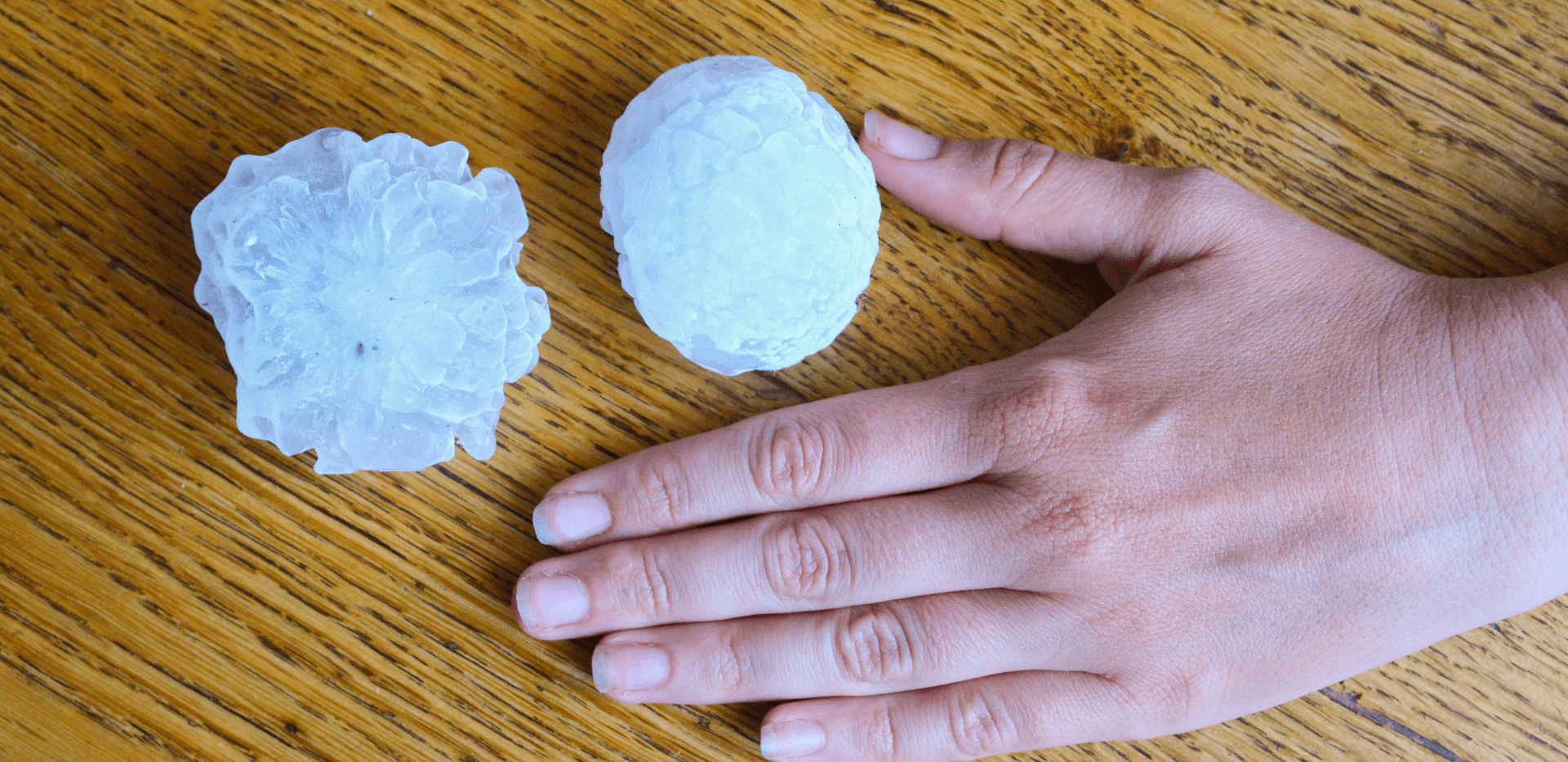Hail | What makes those icy balls fall from the sky?
Hail: An icy weather phenomenon
In Colorado and similar regions, hailstorms are no stranger to its residents. But have you ever stopped to think about what’s behind those icy balls that sometimes relentlessly pelt our vehicles and homes? The science behind hail is as intriguing as the damage it can cause. Before we delve into its formation, remember if hail does end up leaving its mark, Colorado Hail Claims is here to assist and get your car back on the road sans those hail-causing dents!
What is Hail?
Hail is essentially balls or lumps of ice. Unlike sleet, which is frozen raindrops or semi-frozen drops of water, hailstones begin as small ice pellets and grow as they are carried up and down within a storm.
How does hail form?
The atmosphere (up high) includes water that’s exceptionally cold, yet it hasn’t solidified into ice. This super cold water is just waiting for a chance to freeze. Storms have strong winds that push things upwards, which can carry tiny water droplets into areas where the super cold water exists. Dust or other small particles floating in the air become the center of these forming hailstones. The super-cold water begins freezing around these particles.

Large hailstone next to hand
The Journey of a hailstone
The journey begins with the small ice forming around particles. As winds in the storm carry around the forming hailstone, it sweeps up more of the super cold water, growing all the time.
Eventually, the hailstone becomes too big and heavy for the wind to keep it up. That’s when it falls to the ground, sometimes reaching anything from pea size to golf ball or even, on rare occasions, softball or grapefruit size by the time it comes to the ground.
Why are some hailstones bigger than others?
The size of a hailstone is determined by factors like:
- The strength of the upward winds in the storm.
- The amount of super cold water available.
- The temperature in the upper parts of the storm.
Why do some places get more hail?
Regions like Colorado are more susceptible due to their unique geography. Mountains can influence weather patterns and create conditions perfect for hail formation. Hail Alley is located where Nebraska, Colorado, and Wyoming meet.
Is it possible to predict hailstorms?
While we can’t predict precisely when and where a hail storm will strike, meteorologists use advanced tools to forecast conditions favorable for hail. This gives residents a heads-up to prepare and protect their belongings.
While it is a natural phenomenon to marvel at, it’s also essential to be prepared. Remember, when the skies turn, and a hail storm threatens, protect yourself and your processions, including your car. Should the worst happen Colorado Hail Claims is just a call away to help repair any damage your vehicle may experience. Contact our team today.


